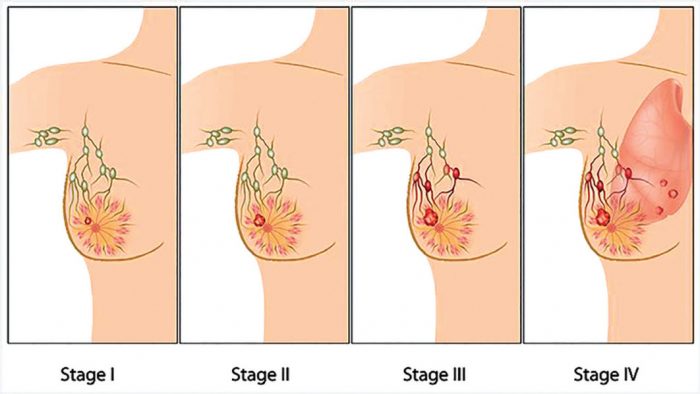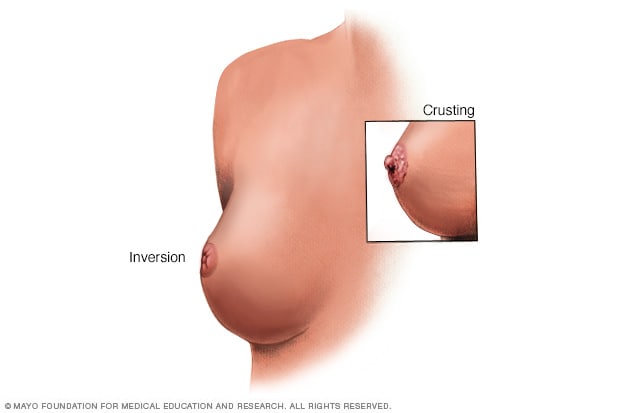Breast cancer. Just reading those words can make many women worry. And that’s natural. Nearly everyone knows someone touched by the disease. With being the most common type of cancer in women, breast cancer accounts for 25% to 32% of female cancers in all cities across India. It is reported that every four minutes, an Indian woman is diagnosed with breast cancer and one woman dies of breast cancer, every 13 minutes in India. With the increase in the number of breast cancer cases in both rural and urban India, the fear of cancer is on the rise. An estimated 70,218 women died of breast cancer in India, in the year 2012, the highest in the world for that year. A 2018 report of Breast Cancer statistics recorded 1,62,468 new registered cases and 87,090 reported deaths. One cannot prevent breast cancer but can increase the survival rates by being informed and choosing the right treatment at the right time. Patients diagnosed with breast cancer need planned and systemic therapy, which is personalized based on their cancer condition.
TSA brings you some alarming facts that will help patients understand breast cancer and the reason to opt for a personalized treatment:
- The high mortality rate is due to the lack of awareness and delay in screening and diagnosis.
- More than 50% of breast cancer patients in India are suffering from stage 3 and 4, where the chances of survival are extremely low.
- India sees a spurt in the cases of breast cancer in the age group of 30 to 50, and the same is likely to increase.
Image Source: 9jahealth
- Breast cancer is a disease in which malignant (cancer) cells form in the tissues of the breast.
The following are risk factors for breast cancer:
- Older age, especially 60 years or over
- Family history of breast cancer
- First menstrual period (menarche) before age 12
- Menopause at age 55 or over
- First childbirth after age 35
- No children
- Tall height (5’8” or taller)
- Dense breasts
- History of benign breast disease (like atypical hyperplasia)
Signs and symptoms of breast cancer may include:
- A breast lump or thickening that feels different from the surrounding tissue
- Change in the size, shape or appearance of a breast
- Changes to the skin over the breast, such as dimpling
- A newly inverted nipple
- Peeling, scaling, crusting or flaking of the pigmented area of skin surrounding the nipple (areola) or breast skin
- Redness or pitting of the skin over your breast, like the skin of an orange
Breast cancer cannot be prevented but it can surely be treated within time. Here are some things that all of us can do:
Breast cancer is a treatable disease and chances of survival are higher if it’s detected in time. The only way to do so is by being aware of how it can be detected and early diagnosis can be done. The simplest way to breast cancer prevention is by being able to do a self-breast examination. Women should be doing this on a regular basis after they turn 30. Prevention is a step away from a cure. Be aware, be prepared.
1. Keep Weight in Check
It’s easy to tune out because it gets said so often, but maintaining a healthy weight is an important goal for everyone. Being overweight can increase the risk of many different cancers, including breast cancer, especially after menopause.
2. Be Physically Active
Exercise is as close to a silver bullet for good health as there is, and women who are physically active for at least 30 minutes a day have a lower risk of breast cancer. Regular exercise is also one of the best ways to help keep weight in check.
3. Eat Your Fruits & Vegetables – and Avoid Too Much Alcohol
A healthy diet can help lower the risk of breast cancer. Try to eat a lot of fruits and vegetables and keep alcohol at moderate levels or lower (a drink a day or under. If you don’t drink, don’t feel you need to start. If you drink moderately, there’s likely no reason to stop. But, if you drink more, you should cut down or quit.
4. Don’t Smoke
Smokers and non-smokers alike know how unhealthy smoking is. On top of lowering the quality of life and increasing the risk of heart disease, stroke, and at least 15 cancers – including breast cancer – it also causes smelly breath, bad teeth, and wrinkles. Now that’s motivation to stay smoke-free or work to get smoke-free.
5. Breastfeed, If Possible
Breastfeeding often interrupts periods, which leads to fewer menstrual cycles and less estrogen exposure, leading to about a 4.3 percent reduction in the overall risk of breast cancer for every 12 months of breastfeeding. It also has great health benefits for the child.
6. Avoid Birth Control Pills, Particularly After
a heart attack is also increased while on the pill – particularly if a woman smokes. However, long-term use can also have important benefits, like lowering the risk of ovarian cancer, colon cancer and uterine cancer – not to mention unwanted pregnancy – so there’s also a lot in its favor. If you’re very concerned about breast cancer, avoiding birth control pills is one option to lower risk.
7. Avoid Post-Menopausal Hormones
Post-menopausal hormones shouldn’t be taken long term to prevent chronic diseases, like osteoporosis and heart disease. According to the National Institute of Health, breast cancer survivors are at an increased risk of osteoporosis. Estrogen has a protective effect on bones, and reduced estrogen levels can trigger bone loss. Studies show they have a mixed effect on health, increasing the risk of some diseases and lowering the risk of others, and both estrogen-only hormones and estrogen-plus-progestin hormones increase the risk of breast cancer.
8. Find Out Your Family History
Women with a strong family history of cancer can take special steps to protect themselves, so it’s important for women to know their family history. You may be at high risk of breast cancer if you have a mother or sister who developed breast or ovarian cancer (especially at an early age) or if you have multiple
family members (including males) who developed breast, ovarian or prostate cancer. A doctor or genetic counselor can help you understand your family history of the disease.
9. Don’t Forget Screening
Despite some controversy, studies show that breast cancer screening with mammography saves lives. It doesn’t help prevent cancer, but it can help find cancer early when it’s most treatable. For most women, regular mammograms can begin at age 40.
Facts, risk and prevention given are taken from reliable sources.
Also Checkout: Obsessive-Compulsive Disorder, Related Symptomatology, And Self-CareUnderstanding The Intensity of OCD













